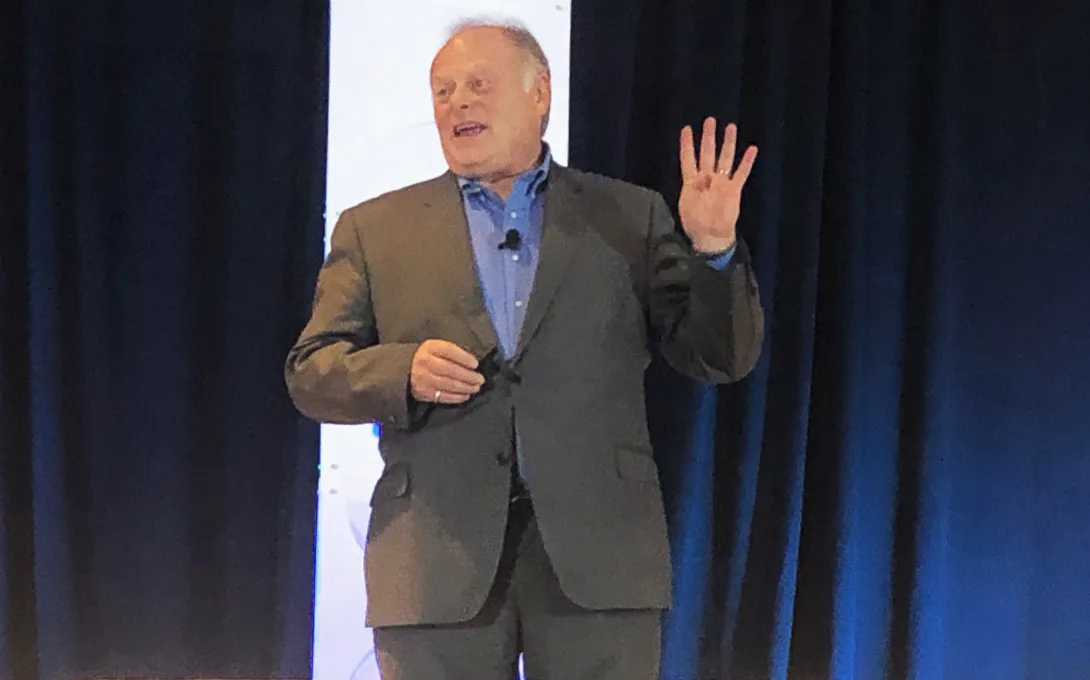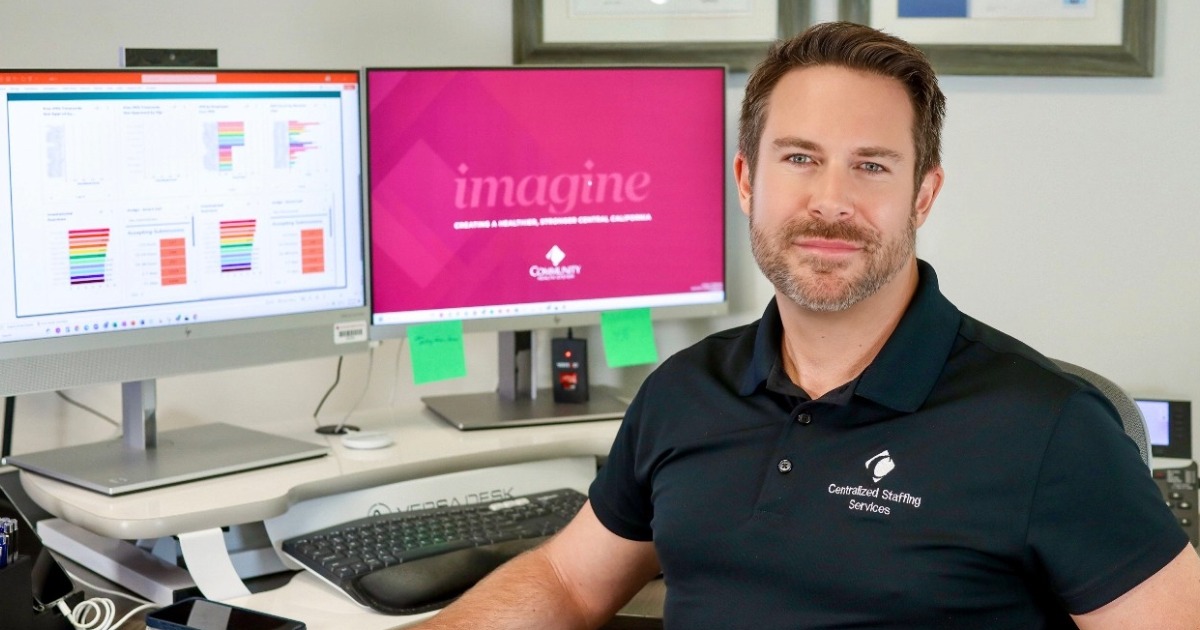
Mayo Clinic this week announced its deployment of new infrastructure from Nvidia. Clinical and IT leaders at the health system say the advanced computing architecture has the power to unlock new capabilities in artificial intelligence, enable faster medical research and should lead to more precise diagnoses that ultimately improve outcomes for patients worldwide.
WHY IT MATTERS
Mayo Clinic said its use of the Nvidia Blackwell-powered DGX SuperPOD is a pivotal step to realizing state-of-the-art artificial intelligence capabilities that could revolutionize healthcare delivery and research beyond where it is today.
The initial focus for system deployment is threefold, according to the health system.
The platform's computing capabilities are needed to develop foundation models for comprehensive study of diseases using computational analysis of pathology images known as pathomics, drug discovery and precision medicine, the health system said in a new story added to its website on Monday.
The vigor for integrating AI into clinical practice is ultimately a strive to improve patient outcomes. Having the right data to act on was once a hypothetical scenario that AI advancements and high-performance computing can make a reality, according to Mayo Clinic.
"Our aspiration for AI is to meaningfully improve patient outcomes by detecting disease early enough to intervene," Dr. Matthew Callstrom, medical director of Mayo Clinic's Department of Strategy and leader of its generative AI program, said in the story.
"What was once a hypothetical – 'If only we had the right data' – is now becoming reality thanks to AI and advanced computing."
The technology is engineered to handle the massive, high-resolution imaging data essential for advanced AI model training because it prioritizes speed and scalability, reducing the time it takes to diagnose and treat patients, Mayo Clinic said.
For example, the analysis of pathology slides for the development of foundation models previously took four weeks but can now be completed in one week. Mayo Clinic's Atlas pathology foundation model, developed with the biomedical AI company Aignostics, is trained on a dataset of more than 1.2 million histopathology whole-slide images and used by clinicians and researchers to enhance accuracy.
THE LARGER TREND
In January, Nvidia announced that new deals to use its technologies would advance genomics, drug discovery and healthcare. The computer chip giant said that Mayo Clinic would begin to integrate the DGX Blackwell architecture, which offers 1.4TB of GPU memory per system, because it can handle the health system's substantial digital pathology datasets.
The Mayo Clinic Digital Pathology platform contains 20 million whole-slide images with 10 million associated patient records that enables the creation of foundation models, Nvidia said. In an effort to modernize pathology, the health system said the platform would speed medical breakthroughs.
"Mayo Clinic is reimagining what is possible in disease detection and prediction, both within its own system and globally," Jim Rogers, Mayo Clinic Digital Pathology CEO, said in a statement at the time.
In addition to focusing AI supercomputing to analyze its vast trove of images, the health system also wants AI to use real-world data to advance precision medicine.
To improve care delivery to historically under-represented patients, Mayo Clinic is using analytical tools on Atropos' digital consult platform to examine its deidentified data repository and automate real-world evidence reports called "Prognostograms."
"Rare or unusual presentations of disease or rare conditions or rare confluence of conditions are not well characterized in clinical trials, but they're present in a large data sample," Dr. Peter Noseworthy, Mayo Clinic's chair of cardiac electrophysiology, told Healthcare IT News in December.
"With a tool like this that essentially can set up those studies in real-time and pull those data, you can get pretty close to what is research grade or publication-grade information just through a chat interface," he said.
ON THE RECORD
"We’re transforming healthcare by quickly and safely developing innovative AI solutions that can improve patient outcomes and enable clinicians to dedicate more time to patient care while also accelerating commercial affiliations with other industry leaders," Rogers said in Mayo Clinic's story.
Andrea Fox is senior editor of Healthcare IT News.
Email: afox@himss.org
Healthcare IT News is a HIMSS Media publication.


